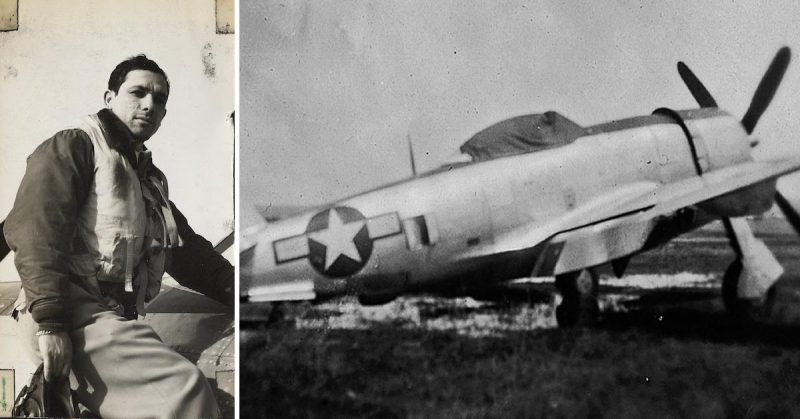On a Wednesday morning, on December 27th, 1944, a group of four P-47 D Thunderbolt Republic fighter aircraft were about to depart from Pisa military airport in Italy. Designated as part of the 345th Fighter Squadron, 350th Fighter Group, XXII US Air Force, the Thunderbolts were given a mission that morning to disrupt strategic communication routes in northern Italy by destroying the large railway bridge of Palazzolo Sull’Oglio, near Brescia.
It’s 9:30 AM and a one hour flight separates the airstrip from the bridge. The pilots were getting jumpy. Cap. Mihiel “Mike” Gilormini, Cap. Earl “Dutch” Miller, Lt. Kimber Middleton, and Lt. Dale Huggins Hargrove reportedly reached the railway bridge at 10.25 AM, with the sun directly behind them during their bombing run.
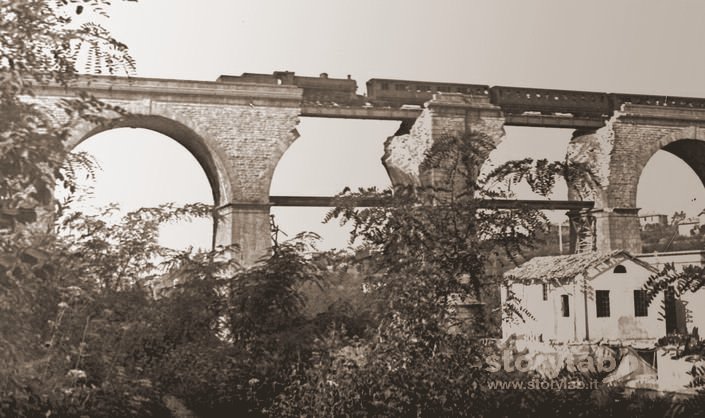
After dropping two bombs per plane, the fighters were instructed to concentrate on a secondary objective ― search and destroy any target vulnerable to 12.7 mm machine gun fire, as long as there are ammo and fuel to cover it.
They headed over to Varese, northwest from their primary target, flying across the well-protected city of Milan. Suddenly a barrage coming from a Flak 88 hidden somewhere in the city was tearing the sky apart, attempting to knock down the Thunderbolts.
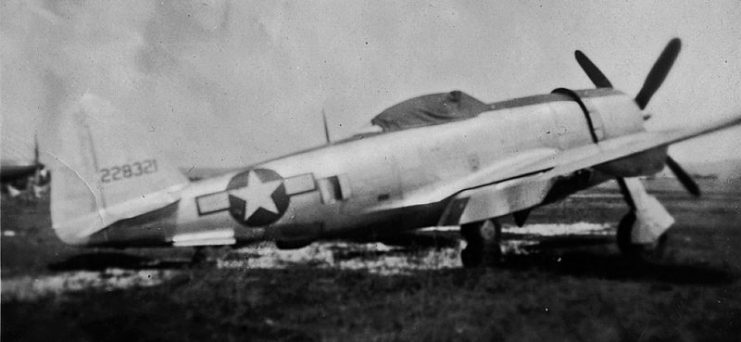
While three of them were maintaining their altitude, Lt. Dale Huggins Hargrove, flew low enough to be hit by a massive 88 mm shell. The P-47 no. 42-28321 operated by Hargrove was going down fast. As it usually goes with fighter pilots, his last radio transmission only included the dreadful words: “I’m hit”.
At the time Hargrove was hit, the group was located directly above the town of Somma Lombardo, near the river Ticino, in an area of cultivated fields and woods. As one of his fellow-pilots later reported, it was just seconds after Lieutenant Hargrove’s radio call that he saw his P-47 crashing into the ground, engulfed in flames.
This was at approximately 10:50 AM. As soon as the plane hit the ground, the locals gathered around in an attempt to scavenge whatever material they could find. The pilot was dead ― it was clear to everyone he could not survive such a crash, but his aircraft might provide rubber to fix the shoes of impoverished villagers, or metal to sell on the black market.
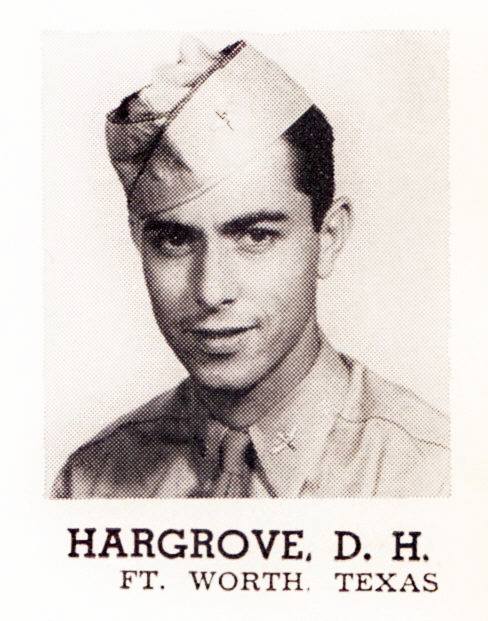
War leaves little space for compassion, which quickly becomes replaced with cynicism, as someone even took the ring which was issued by the US Air Force flying school from Lt. Hargroves dead finger.
One broken machine gun was stashed away as well ― maybe for partisans, who knows?
Next came the German soldiers sent to investigate the crash site. They claimed the rest of the weaponry, as well as the engine, which was to be sent for examination.
In the epilogue of this tale, another American pilot lies dead on the battlefields of Europe with not even a dog-tag, let alone a body, to be sent home to his family.
But who was Lt. Dale Huggins Hargrove?
A Texan boy, born on 11th of February, 1922, at Childress, the family moved to Fort Worth in 1933. Together with his older brother, Don, and nephew Tony, he attended Arlington Heights High School. Yearbook photos reveal the youthful and beautiful smile Dale wore so casually, during the innocent years before the war.
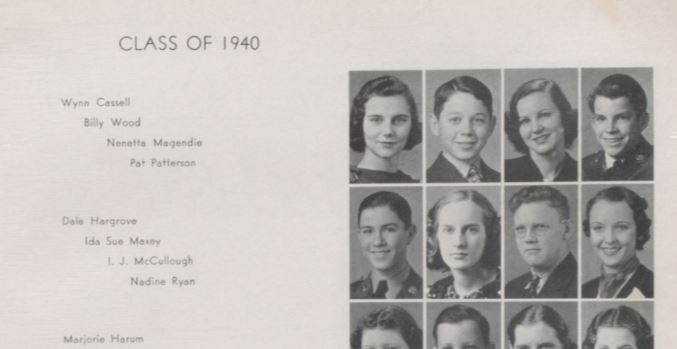
Little did he know back then that he would meet his end in Italy, while piloting the mighty P-47, blowing up railway bridges and wreaking havoc among German and Italian troops.
Immediately after graduation, he enrolled at the flight school in Waco, Texas and continued his education at the advanced pilot class at Moore Field. He had been chosen to become a fighter pilot ― one of USAAF’s most desirable, but, alas, most dangerous service branches. At the end of the course, he married but immediately bid his wife farewell, as he received a call to join the troops in Italy.
From Texas, Hargrove arrived in Pisa, where his name is first mentioned in the operational reports on December 13, 1944. The young Lieutenant flew 7 missions before the fatal one of December 27th.
On December 29th, when the dust settled, he was buried in a simple tomb in Somma Lombardo. The Hargrove family requested his remains to be returned to Texas in 1949.
As for the other three pilots who flew the daring mission, they managed to survive the war, but not without scars.
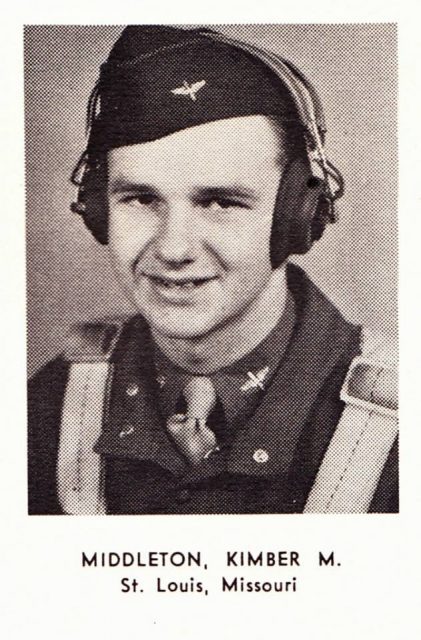
Kimber Middleton had a serious plane crash in April 1945, surviving but with many fractures to his limbs. Mihiel Gilormini and Earl Miller returned as proud veterans ― in their many missions, both before and after the one with Dale, they lost several pilots but returned together on a ship to America at the end of the war and continued their careers in the military.
Mihiel Gilormini ultimately became the co-founder of the Puerto Rico Air National Guard. Some photographs have been found of Earl Miller, taken during an airshow in Pittsburgh, the Wings of Freedom Tour. In the featured video, he was declared dead by mistake, when a tombstone of an Earl D. Miller appears. It was later discovered that the tombstone in question belongs to Earls namesake.
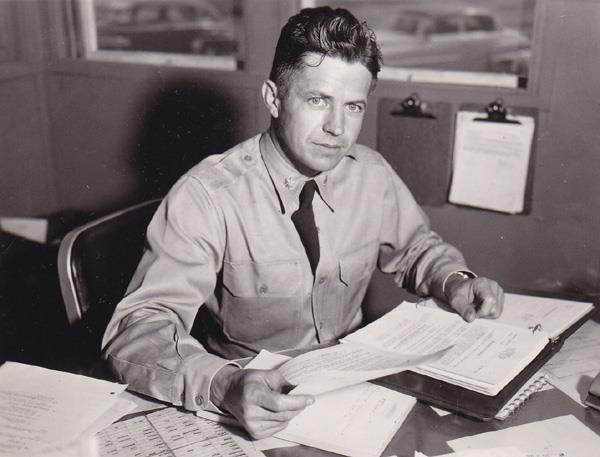
The video was made by Massimo Squillario, an Italian videographer, who was invited to document the work that Luca Ceriani, an Italian researcher, has been carrying out for some time, also supporting a group of non-professional military archaeologists called “I Recuperanti”, meaning “recuperation”.
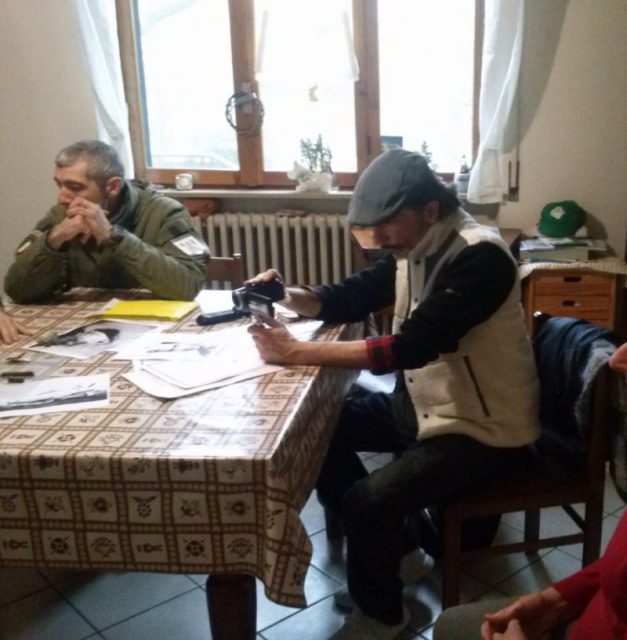
Using the clues provided from the German military documentation and the testimonies of elder citizens, with the help of metal detectors “I Recuperanti” discovered fragments of what is believed to be Lieutenant Hargrove’s plane.
The landscape has changed a lot over the years, and buildings now surround the forest in which Dale crashed on that fateful day. Despite the inevitable effects of the passage of time on the memory of the elderly witnesses who testified, this is undoubtedly the site where the P-47 crashed.
After the crash site was determined, the local outdoor club, “Maddalena Forever,” received the fragments of the plane during a special ceremony.
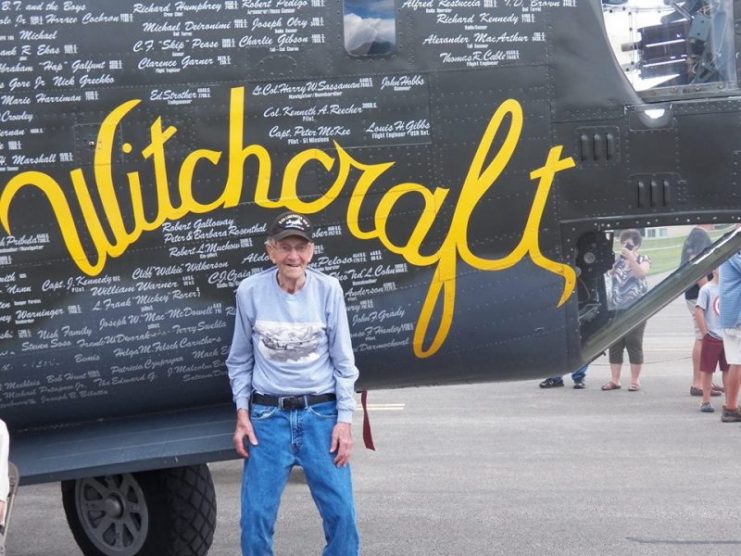
But all of it wouldn’t be possible without the help of other military history buffs ― in particular Bob Shifflet and Keith Vizcarra from the US, who sent unpublished photographs and details with great generosity and in the spirit of collaboration. Without a doubt, their effort was fundamental to the success of this research.
It is important to note that the whole project was non-profit, as the only interest of this group of history enthusiasts was and is the persistence of the memory of Dale Hargrove.
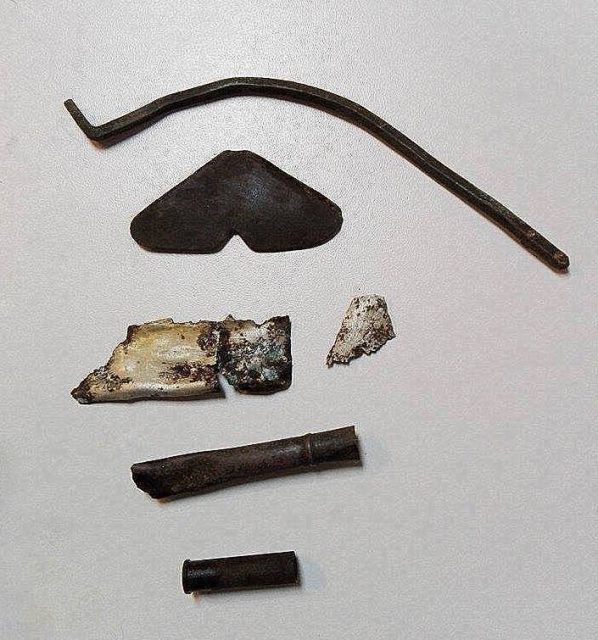
Lt. Hargrove left no children; in 2011 his widow embarked on a search for some additional news of her long-lost husband, but at the time very little was known. The relatives of Dale’s brother, contacted by Massimo Squillario, thanked the researchers but did not provide further news, defining the episode as painful and private.
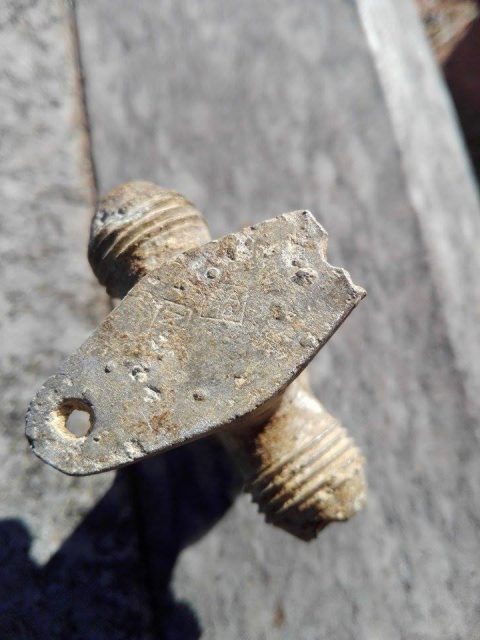
The story of Dale does not resemble that of the movies, a tale of great feats and epic sacrifices. It is a simple and tragic story, one that could be told about thousands and thousands of young people of various nationalities who have served their homeland with the certainty of doing the right thing, and with the hope of returning home and telling their children and grandchildren about their part in history.
Since Dale could not tell it, we wanted to tell you this story, a symbol of many other stories never told. Anyone of you who will share this page and this video will make Dale live again for 30 minutes ― thanks to all of you!
All photos provided by the author.
